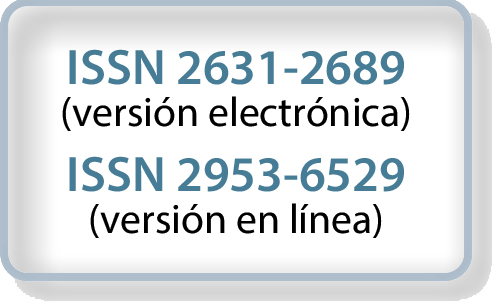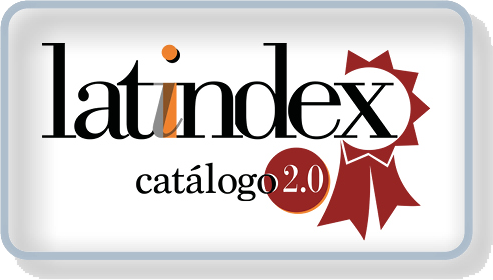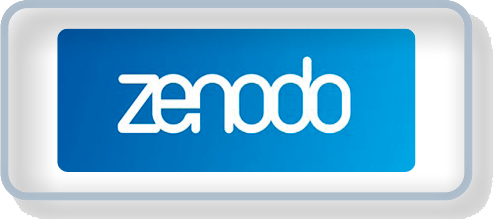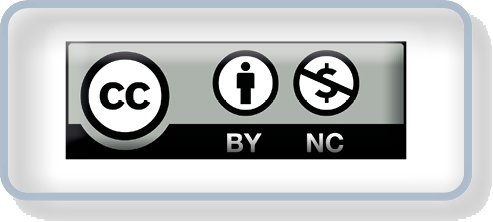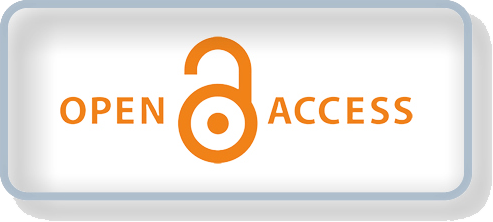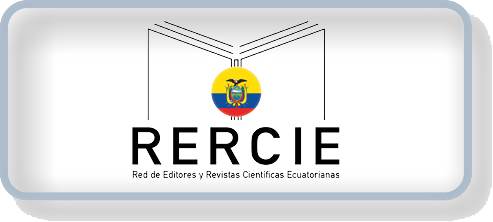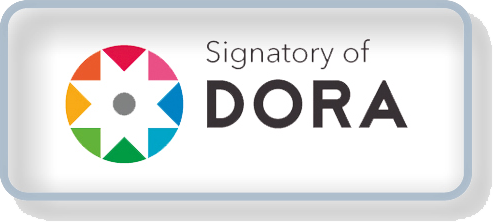Integración del TikTok en el aula: Estrategia pedagógica para el fortalecimiento de la diversidad cultural
DOI:
https://doi.org/10.64736/ueplc.2025.v8.n1.1Palabras clave:
diversidad cultural, innovación pedagógica, educación inclusiva, medios socialesResumen
Actualmente, las redes sociales ejercen una influencia notable en la educación, y TikTok®, por su popularidad entre los jóvenes, presenta un potencial para fomentar la diversidad cultural en el aula; en este sentido, la investigación tuvo como objetivo analizar su incorporación como estrategia pedagógica en la Unidad Educativa Alfredo Pérez Guerrero de San Pablo del Lago, Ecuador. Se aplicó un enfoque mixto: encuestas estructuradas a 50 estudiantes de primero de bachillerato y a docentes, complementadas con charlas participativas y análisis de percepciones; los datos cuantitativos se procesaron mediante estadística descriptiva en SPSS y los cualitativos mediante codificación categorial. Los resultados revelaron que el 92 % de los estudiantes usa TikTok® activamente, aunque solo el 21 % lo emplea con fines educativos, mientras que el 85 % de los docentes reconoció su potencial pedagógico pese a la falta de formación; además, la creación de videos sobre saberes culturales incrementó en un 78 % la valoración de las tradiciones locales. En este marco, los hallazgos sugieren que TikTok®, bajo una planificación pedagógica adecuada, puede constituirse en una herramienta eficaz para motivar al estudiantado, fortalecer la identidad cultural y promover una educación inclusiva, siempre que se acompañe de formación docente y estrategias críticas que aseguren su sostenibilidad y calidad.
Descargas
Referencias
AERA. (2019). Code of ethics. American Educational Research Association. https://tinyurl.com/38dtmx65
Almahasees, Z. (2022). The use of TikTok in education: A literature review. Journal of Computer and Education Research, 10(20), 1101–1120. https://doi.org/10.5281/zenodo.7121212
Aslan, A. (2023). Investigating the role of TikTok in education: Opportunities and challenges. Education and Information Technologies, 28(5), 5875–5893. https://doi.org/10.1007/s10639-023-11645-7
Bozdag, C. (2022). Social media and intercultural education: A case study of inclusion practices. Journal of Multicultural Education, 16(3), 223–237. https://doi.org/10.1108/JME-12-2021-0163
Carpenter, J. P. (2024). Teacher TikTok: Exploring educators’ professional uses of social media. Teaching and Teacher Education, 135, 104330. https://doi.org/10.1016/j.tate.2023.104330
Carpenter, J. P., Morrison, S. A., Shelton, C. C., Clark, N., Patel, S., & Toma-Harrold, D. (2024, May). How and why educators use TikTok: Come for the fun, stay for the learning? Teaching and Teacher Education, 142, 104530. https://doi.org/10.1016/j.tate.2024.104530
Creswell, J. W., & Creswell, J. D. (2018). Research design: Qualitative, quantitative, and mixed methods approaches (5.ª ed.). SAGE Publications.
Fetters, M. D., & Freshwater, D. (2015). The 1 + 1 = 3 integration challenge. Journal of Mixed Methods Research, 9(2), 115–117. https://doi.org/10.1177/1558689815581222
García-Peñalvo, F. J. (2021). Digital transformation in education: From COVID-19 pandemic to the future of online and blended learning. Education in the Knowledge Society, 22, e25465. https://doi.org/10.14201/eks.25465
Gay, G. (2002). Preparing for culturally responsive teaching. Journal of Teacher Education, 53(2), 106–116. https://doi.org/10.1177/0022487102053002003
Gómez-García, M., Rodríguez-García, A. M., & García-Ruiz, R. (2023). TikTok and cultural diversity in education: A new pedagogical approach. Comunicar, 31(74), 67–77. https://doi.org/10.3916/C74-2023-06
Gong, Q., & Tao, T. (2024). The relationship between short video usage and academic achievement among elementary school students: The mediating effect of attention and the moderating effect of parental short video usage. PLOS ONE, 19(11), e0309899. https://doi.org/10.1371/journal.pone.0309899
Hernández-Sampieri, R., & Mendoza, C. (2021). Metodología de la investigación: Las rutas cuantitativa, cualitativa y mixta (2.ª ed.). McGraw-Hill.
Jerasa, T. (2025). TeacherTok as a space for professional growth: Opportunities and limitations. Computers & Education, 204, 104902. https://doi.org/10.1016/j.compedu.2025.104902
Jerasa, S., & Ura, S. K. (2025). Learning from TikTok®: Quality and Reach of #TeacherTok as a Classroom Management Tool for Teacher Education. TechTrends. https://doi.org/10.1007/s11528-025-01098-6
Kemp, S. (2023). Digital 2023: Global overview report. DataReportal. https://tinyurl.com/yexdvfzu
Ladson-Billings, G. (1995). Toward a theory of culturally relevant pedagogy. American Educational Research Journal, 32(3), 465–491. https://doi.org/10.3102/00028312032003465
Literat, I. (2021). “Teachers act like we’re robots”: TikTok as a window into youth experiences of online learning during COVID-19. AERA Open, 7(1), 1–15. https://doi.org/10.1177/2332858421995537
Mena-Guacas, A. F., López-Catalán, L., Bernal-Bravo, C., & Ballesteros-Regaña, C. (2025). Educational Transformation Through Emerging Technologies: Critical Review of Scientific Impact on Learning. Education Sciences, 15(3), 368. https://doi.org/10.3390/educsci15030368
Méndez, R., & Delgado, C. (2021). Diversidad cultural y educación inclusiva en América Latina. Revista Latinoamericana de Educación Inclusiva, 15(1), 37–52. https://doi.org/10.4067/S0718-73782021000100037
Morales-Navarro, L., Pérez-Escoda, A., & García-González, A. (2024). Algorithmic justice and critical media literacy: Young people’s perspectives on TikTok®. Journal of Media Literacy Education, 16(1), 45–62. https://doi.org/10.23860/JMLE-2024-16-1-5
Nochumson, T. (2024). Exploring TikTok®’s Role in K-12 Education: A Mixed-Methods Study of Teachers’ Professional Use. CITE Journal. https://tinyurl.com/4zvaevjx
Prevost, S. S., Duncan, K., & Cole, H. (2025). TikTok as a teaching tool?. Journal of the American Association of Nurse Practitioners, 10.1097/JXX.0000000000001194. Advance online publication. https://doi.org/10.1097/JXX.0000000000001194
Rodríguez-García, A. M., García-Ruiz, R., & Gómez-García, M. (2021). TikTok and education: Discovering new possibilities for developing educational skills. International Journal of Emerging Technologies in Learning, 16(20), 21–36. https://doi.org/10.3991/ijet.v16i20.24357
Shuter, R. (2012). Intercultural new media studies: The next frontier in intercultural communication. Journal of Intercultural Communication Research, 41(3), 219–237. https://doi.org/10.1080/17475759.2012.728761
Su, Y., & Wang, X. (2022). Exploring TikTok as a tool for intercultural education. Education and Information Technologies, 27(8), 11439–11456. https://doi.org/10.1007/s10639-022-11011-3
Taber, K. S. (2018). The use of Cronbach’s alpha when developing and reporting research instruments in science education. Research in Science Education, 48(6), 1273–1296. https://doi.org/10.1007/s11165-016-9602-2
UNESCO. (2022). Reimagining our futures together: A new social contract for education. United Nations Educational, Scientific and Cultural Organization. https://tinyurl.com/47brc5jv
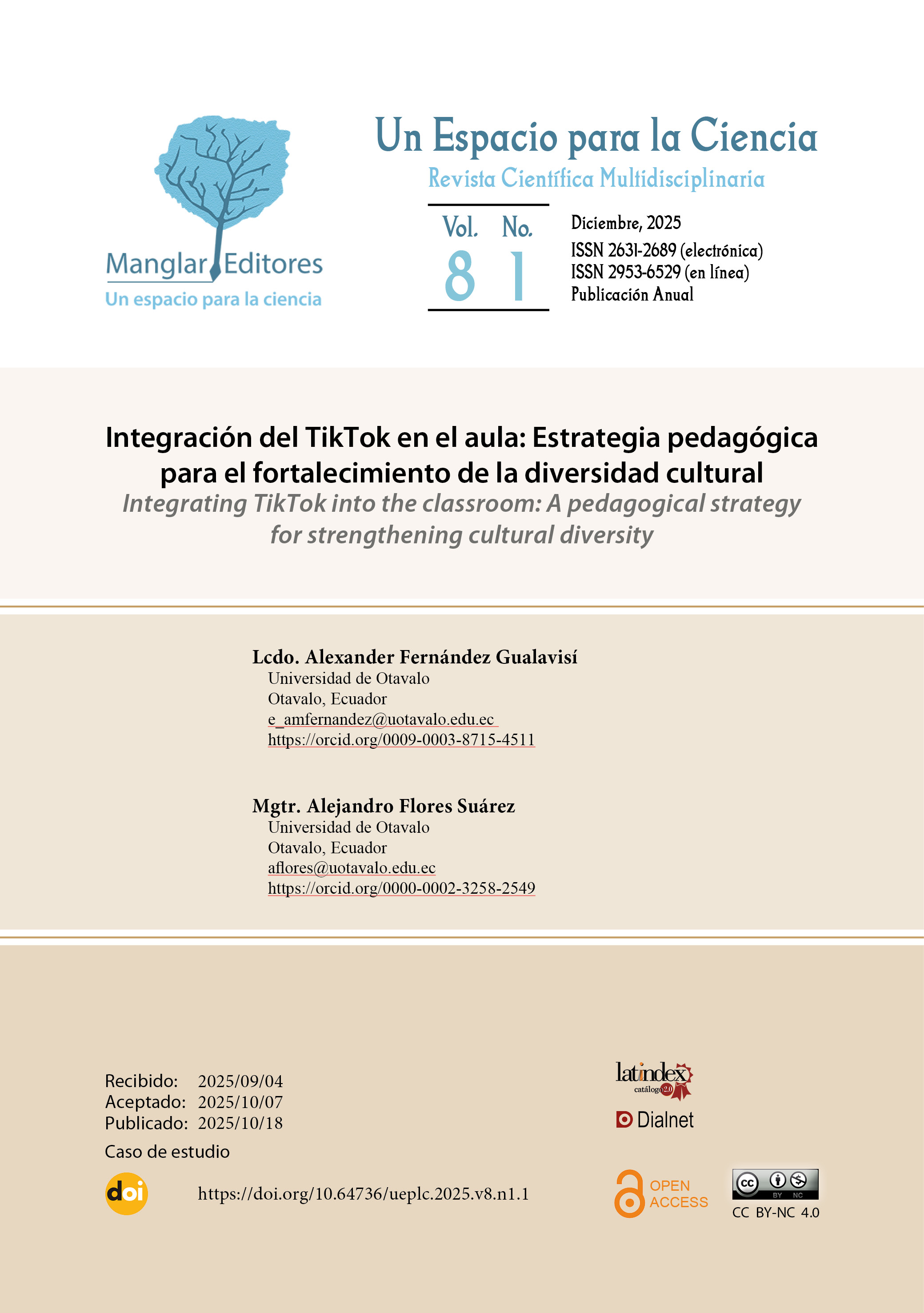
Descargas
Publicado
Número
Sección
Licencia
Derechos de autor 2025 Alexander Fernández Gualavisí, Alejandro Flores Suárez

Esta obra está bajo una licencia internacional Creative Commons Atribución-NoComercial 4.0.
Los autores de las contribuciones que sean seleccionadas para su publicación la revista científica multidisciplinaria Un Espacio para la Ciencia, conservan sus derechos de autor, sin embargo a través de la publicación, permiten la difusión del contenido de los trabajos que envían a la editorial bajo la licencia Creative Commons 4.0.







